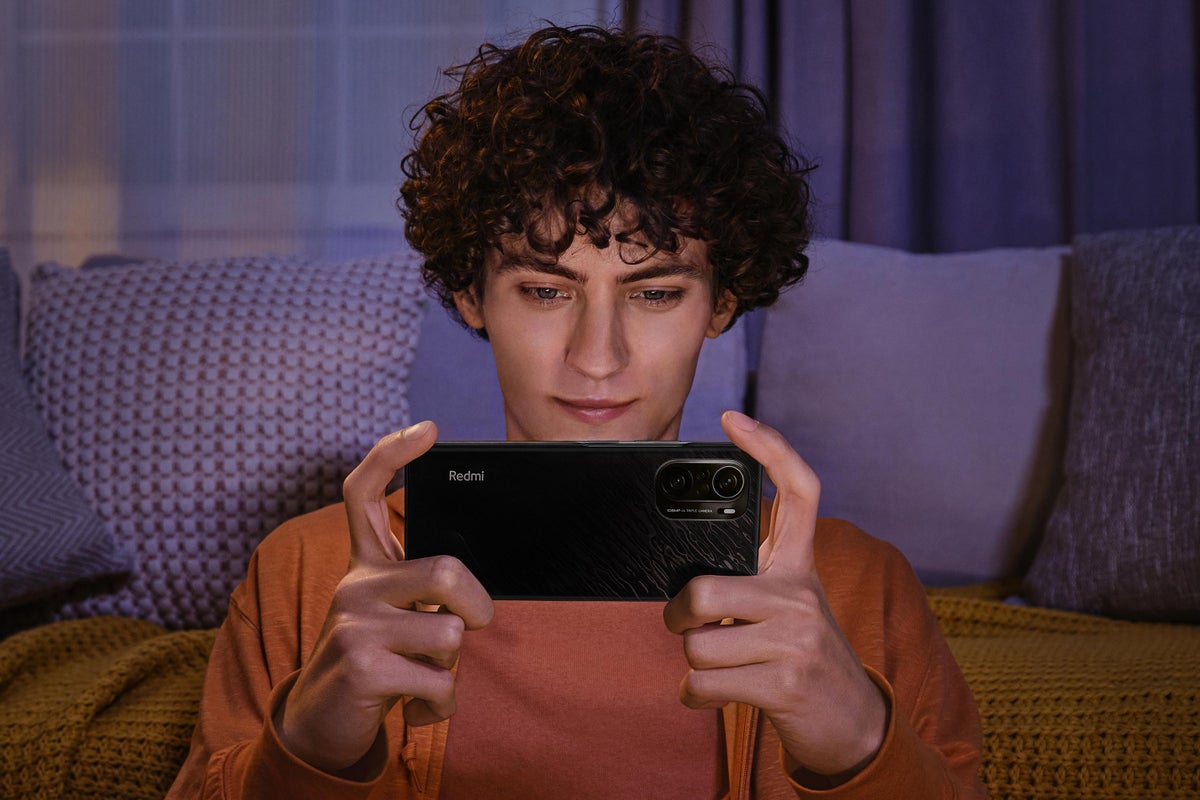THE The Xiaomi Redmi K40 series is now official.
The range has three devices – the K40, K40 Pro and K40 Pro Plus. All three feature a 6.67-inch (1,080 x 2,400) OLED FHD + panel with a 120 Hz refresh rate, a 360 Hz touch sample rate and support for HDR10 +. The panel is protected by Gorilla Glass 5.
They also have the same 4,520 mAh cell with 33W fast charging. Phones are Ready for 5G, but supports only the sub-6GHz frequency. LPDDR5 RAM and UFS 3.1 storage are standard. Let’s dive into the differences now.
The K40 Pro and K40 Plus are powered by the flagship Qualcomm Snapdragon 888 chipset. The K40 Pro Plus only comes in a 12GB / 256GB variant. With the K40 Pro, you can choose between 6 GB and 8 GB of RAM and 128 GB and 256 GB of storage.
These models feature the fastest Wi-Fi 6E standard and Bluetooth version up to 5.2.
The standard model is supported by Snapdragon 870 and you can choose between 6 GB, 8 GB and 12 GB of RAM and 128 GB and 256 GB of internal memory. For connectivity, it offers Wi-Fi 6 and Bluetooth 5.1.
Unsurprisingly, the K40 Pro Plus gets the best camera in the group: a 108MP main sensor (Samsung ISOCELL HM2), an 8MP ultra-wide-angle unit and a 5MP macro telephoto lens. The K40 Pro features a 64MP primary shooter, an 8MP ultra-wide snapper and a 5MP macro telephoto camera.
The standard model features a 48MP main camera, an 8MP ultra-wide sensor and a 5MP macro telephoto module at the rear.
All three phones come with a 20MP selfie camera that is housed in a hole.
The entire range also receives NFC and an IR blaster. Smartphones are only IP53 rated, which means they are resistant to dust and splashes.
Redmi K40 series price and availability
The Redmi K40 Pro Plus will cost CNY 3,700 (~ $ 573). The K40 Pro starts at CNY 2,800 (~ $ 434) and the basic K40 costs CNY 2,000 (~ $ 310).
The color options are the same across the board: Black, Fantasy and White.
Pre-orders are already open and the phones will hit the shelves on March 4.

